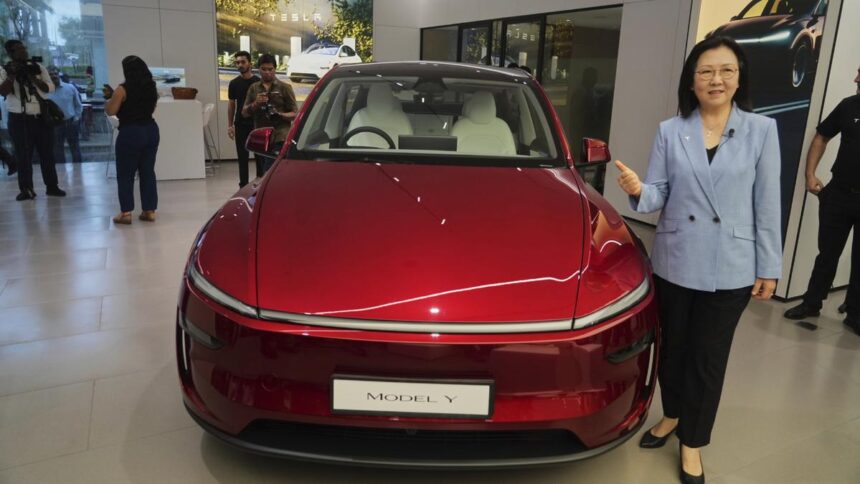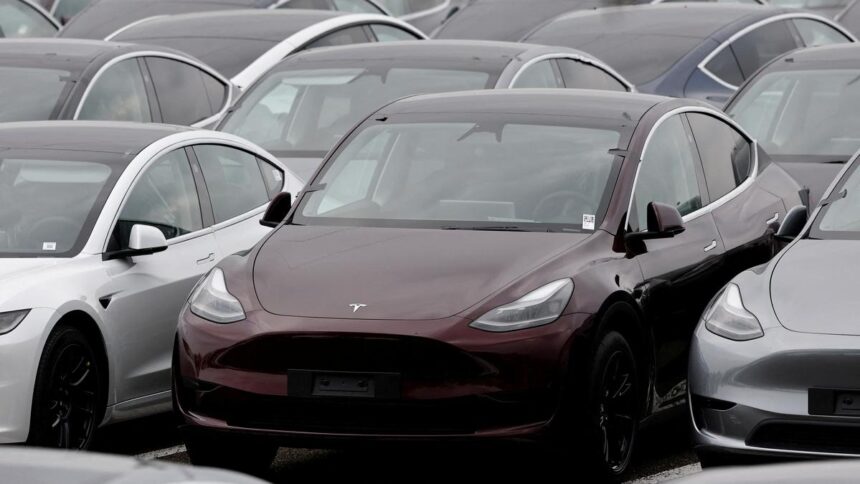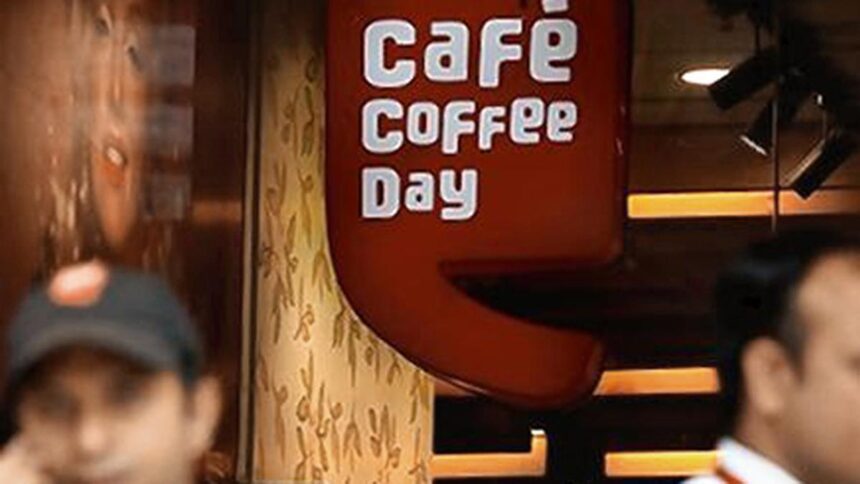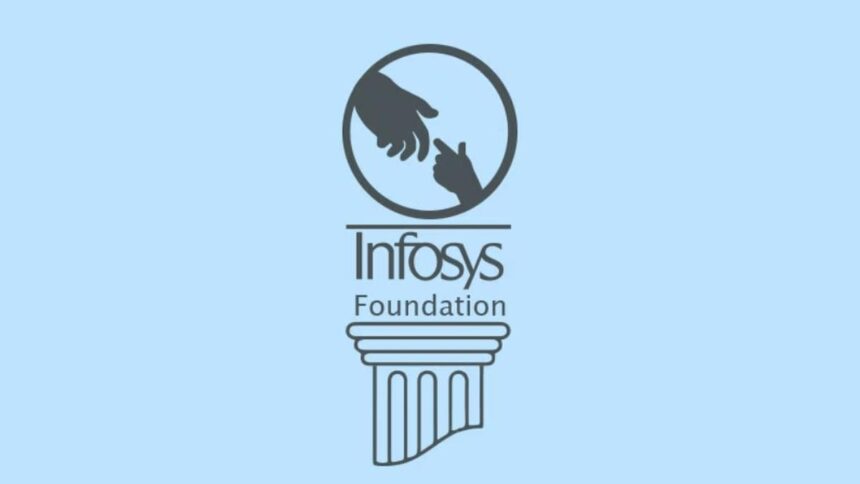
Representational image of an office of telecom gear maker Ericsson
| Photo Credit: Reuters
Indian telecom equipment manufacturers are growing concerned about the sops being handed out to foreign telecom equipment manufacturers as global firms set up domestic assembly to deepen access to the country’s growing telecom infrastructure. The dispute is playing out in meetings with the Department of Telecommunications, which is being asked to weigh two priorities: to increase domestic manufacturing by global firms like Ericsson, and to promote the growth of indigenous firms that eventually hope to compete with these companies.
One sticking point has been foreign telecom gear makers like Ericsson’s potential qualification as Class 2 suppliers under the 2017 Make in India procurement order, which guides government organisations to accept bids from manufacturers whose products are, to varying degrees, assembled and manufactured in India.
The foreign firms are also seeking duty exemptions and relaxation for components that are either not made in India or made in a very small quantity. Since the majority of such components come in from China, domestic players have spied an opportunity to press their case in meetings in June with the DoT. The telecom department has issued de facto curbs against Chinese equipment across much of Indian telecom operators’ infrastructure in the past.
A key development has been draft changes underway at the DoT to “local content rules for the telecom sector” under the 2017 public procurement rules that encourage domestic manufacturers, Ajay Srivastava, a former senior trade official and the founder of the Delhi-based Global Trade Research Initiative said in a June memo.
“Multiple reports [from NITI Aayog and a clutch of industry associations] indicate that India’s limited component ecosystem poses challenges in achieving 50–60% local content in electronic/telecom products,” the DoT said in its June 3 notice, inviting firms to comment on the proposed changes. “Recognising this constraint, the conditions for local content qualification also requires a review.”
“Multinational corporations (MNCs) like Cisco and Ericsson are lobbying India’s DoT to ease local content requirements, as they struggle to qualify as Class-I local suppliers for government telecom tenders,” Mr. Srivastava said. “The underlying issue is that most of the work performed in India is done on an outsourcing basis for their foreign parent companies. The parent companies retain ownership of intellectual property (IP) and earn the bulk of profits. For instance, Cisco’s India operations follow a low-cost-plus model, earning a profit margin of only 5–10%, while the global Cisco business enjoys margins of around 65%. In practice, design and R&D work done in India is treated as work-for-hire, with profits and IP rights controlled by the foreign headquarters.”
One senior industry executive told The Hindu that a possible solution could be “differentiated credit systems where higher weight is given to Indian-owned IP and designs, domestic fabrication of critical components, and in-country software with IP assignment to Indian entities.” The executive asked not to be named as discussions are ongoing with the DoT.
Published – July 16, 2025 07:30 am IST






















